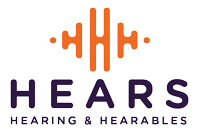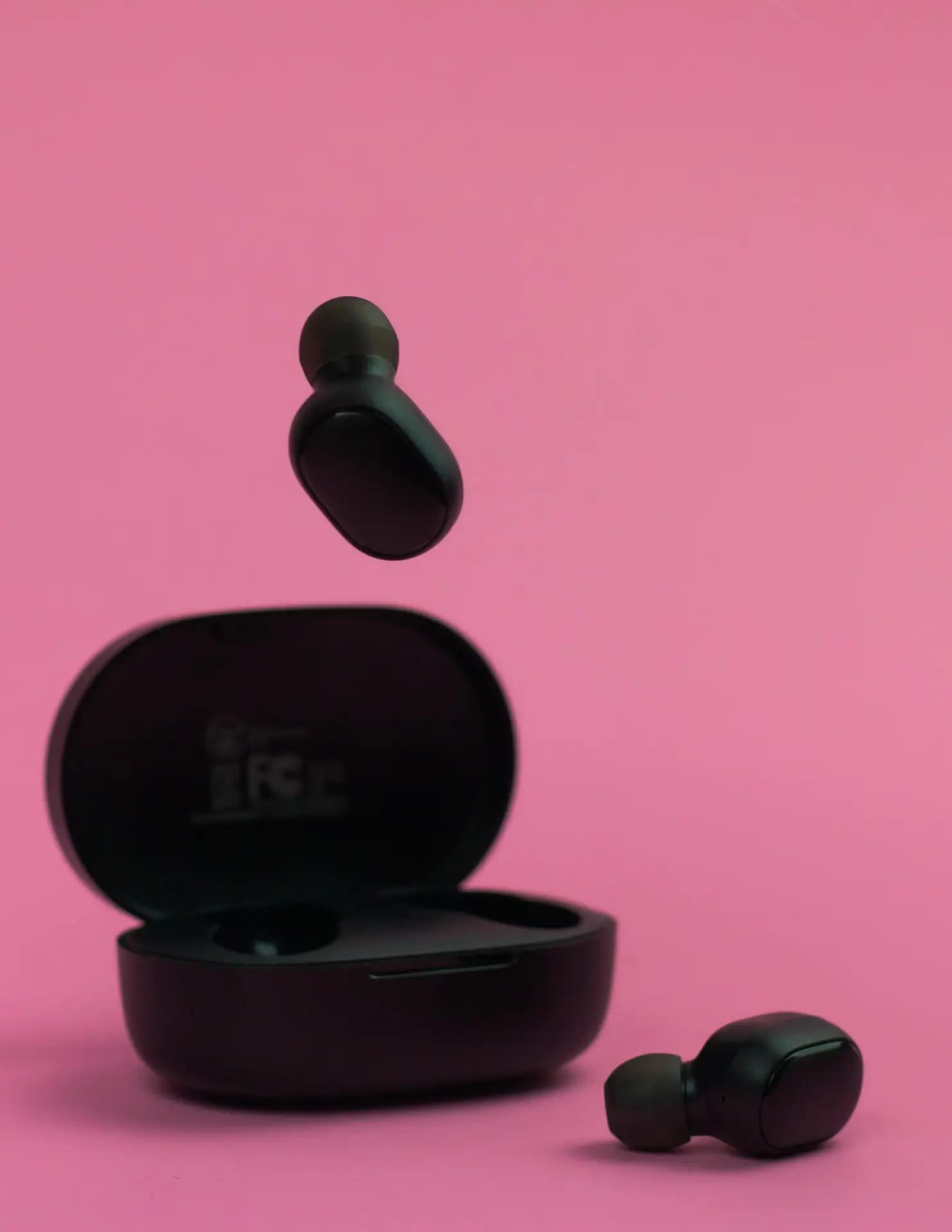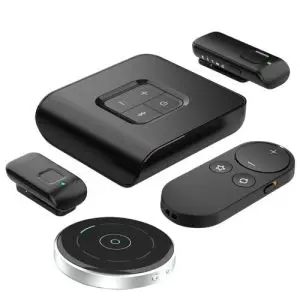Did you know that an estimated 1.5 billion people around the world are facing some degree of hearing loss?
With that number expected to skyrocket to 2.5 billion by 2050, it’s crucial to address the challenges faced by this growing community. Age-related hearing loss (ARHL) is not just an isolated issue. Often, it comes hand in hand with other chronic health conditions such as high blood pressure, diabetes, cardiovascular, and cerebrovascular disease. These health concerns can significantly impact the quality of life, making it essential to find effective solutions.
Enter the new frontier of wearable technology – Hearables: ear-worn devices that go beyond traditional hearing aids.
Equipped with sensors that monitor vital signs like heart rate and oxygen saturation levels, these revolutionary “hearables” are poised to change the game. But how can they make a difference?
Astonishingly, various studies have shown that wearable devices, like smartwatches, fitness trackers, and apps, have already proven their effectiveness in promoting physical activity. And now, with the advent of sensor-enhanced hearing aids and Over-the-Counter (OTC) options, we’re on the verge of an exciting revolution.
Imagine this: sensor-enhanced hearing aids that motivate wearers to be more active, just like their wrist-worn counterparts! With the potential to improve overall well-being and alleviate chronic conditions, these ear-worn devices could be a game-changer. However, the impact depends on their widespread adoption and usage.
Here is a research study:
That’s why researchers are diving into the world of fitness technology to better understand its usage among adults with impaired speech-in-noise recognition (SIN). A study by Marieke F. et al. in the International Journey of Audiology that was published online Nov 14, 2022 addresses this topic of hearables.
The study aims to shed light on two vital questions:
1. How many adults with impaired SIN recognition regularly use fitness technology, such as smartwatches, fitness watches, or physical activity apps, compared to their normal-hearing peers?
2. What are the characteristics of adults with impaired SIN recognition who use fitness technology? How do they differ from those with normal SIN recognition who use these devices?
In a fascinating study with 725 participants, including those with and without impaired speech in noise recognition, the results were astonishing. Adults with hearing impairment displayed similar characteristics to their normal-hearing counterparts when it came to using fitness technology. However, it was noted that hearing aid users utilized fitness watches less frequently. This could pose an exciting challenge when ear-worn fitness trackers enter the market.
The implications are profound – the potential to reach inactive adults with hearing impairment and encourage them to lead more active lifestyles is undeniable. But, of course, the road ahead is paved with further research and fine-tuning. By understanding physical activity patterns among adults with hearing impairment, we can develop targeted interventions to address their unique needs.
Are Hearables good for you?
While fitness wearables and apps offer a promising way to increase activity, they might not be everyone’s cup of tea. However, for those who embrace this technology, the benefits are limitless.
If you’re curious to dive deeper into the world of hearables and learn more about this groundbreaking study, reach out to Hears to U, Audiology, Hearing & Hearables in Minnesota. The journey to a more active, empowered life for the hearing impaired awaits!
Thanks for reading and we hope it was helpful for you.
Karen M.





